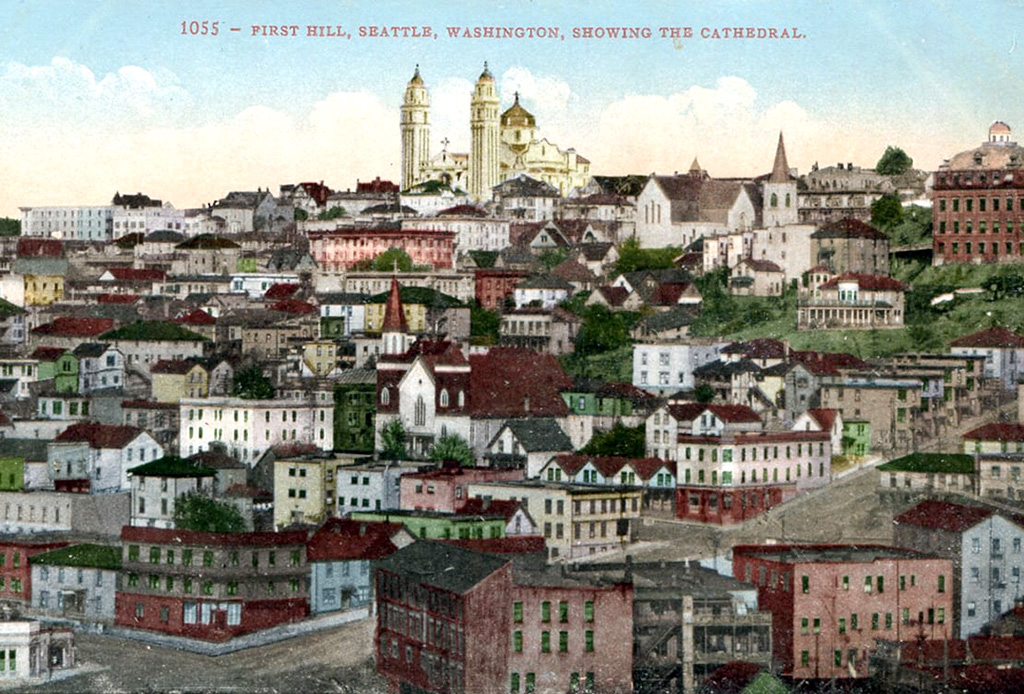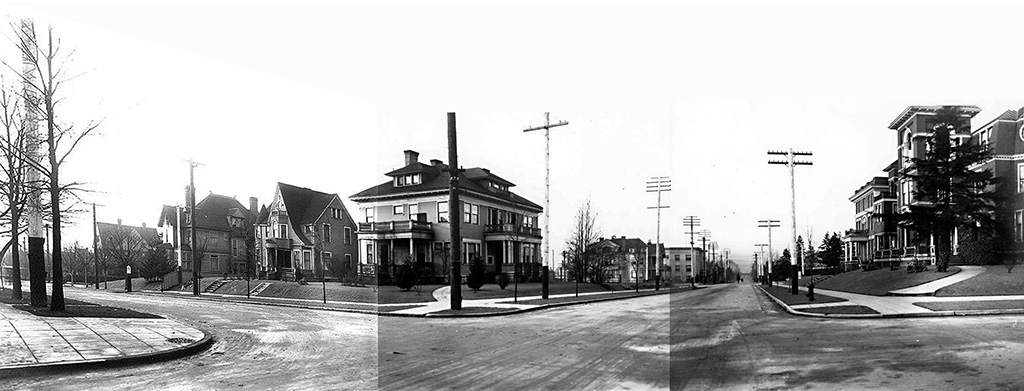First Hill
-
First Hill is one of Seattle’s most eclectic and historic neighborhoods, characterized by a diversity of building types, architectural styles and periods, and its dense, urban tree canopy. Residents and newcomers to Seattle often dismiss First Hill as that place you go for a doctor’s appointment or hospitalization. Medical centers and high-rise towers have replaced much of the traditional single-family residential neighborhood that developed when First Hill was synonymous with good living, exclusive private clubs, and religious pageantry.
When the first non-Native settlers arrived on the shores of Elliott Bay, the place that would become First Hill was covered with dense, old growth forest. Indigenous communities had been settled along the waters of Puget Sound and Lake Washington for thousands of years. They called what would become Seattle the “Little Crossing Over Place,” with trails traversing the hill, connecting communities on the bay and lake. When Henry Yesler located his sawmill in Pioneer Square, he noted that “Skid Road,” now called Yesler Way, was located along a Native trail that ran up the hill.
By 1883, the crest of the hill having been clear-cut by Yesler and others, First Hill entered a new era as the residential retreat of Seattle’s wealthiest families, including the homes of mayors, judges, industrialists, timber barons, and art collectors. This promontory overlooking downtown and Elliott Bay offered a choice location close to downtown, but far enough from the rowdiness and questionable morals of the waterfront. Over the years, numerous churches, apartment buildings, workers’ housing, hotels, social clubs, and hospitals added to the area’s architecture, creating a visual, cultural, and economic tapestry and a unique sense of place.
Since the 1960s, the hill has been severed from downtown by the I-5 freeway. Its once-commanding views and exclusive residential blocks have been supplanted by a mix of commercial, institutional, and multi-family high rises, hospitals, and clinics. The neighborhood has earned its frequently used nickname “Pill Hill” for the multitude of medical centers.
Tour Stops
St. James Cathedral
Roman Catholic Archdiocese Chancery
Sorrento Hotel
Stacy House (now University Club)
Hofius House
San Marco Apartments
1223 Spring Apartments
Sutton Place Apartments
Dearborn House
Stimson-Green Mansion
Summit Grade School (now Northwest School)
Belmont-Boylston Historic Houses
Phillips House
Knights of Columbus
Fire Station No. 25
Seattle First Baptist Church
Hotel Piedmont (now Tuscany Apartments)
Baroness Apartment Hotel
Mason Clinic (now Virginia Mason Hospital)
John Alden Apartments
Fourth Church of Christ, Scientist (now Town Hall)
St. James Cathedral
804 9th Avenue
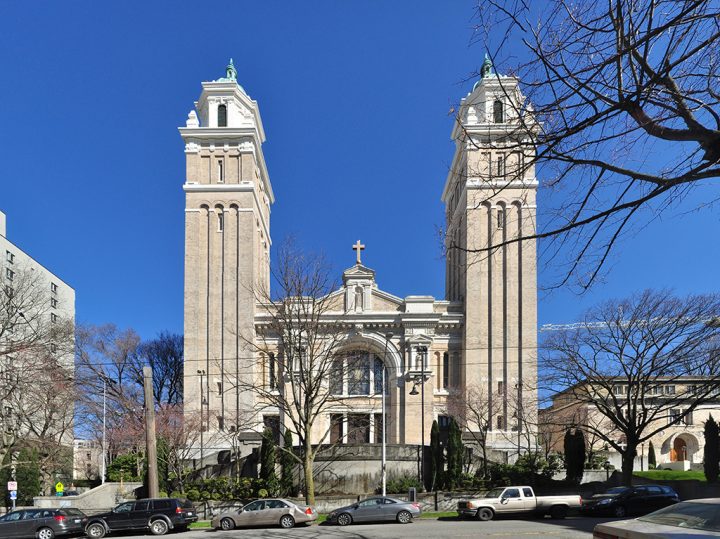
Roman Catholic Archdiocese Chancery
907 Terry Avenue

Sorrento Hotel
900 Madison Street
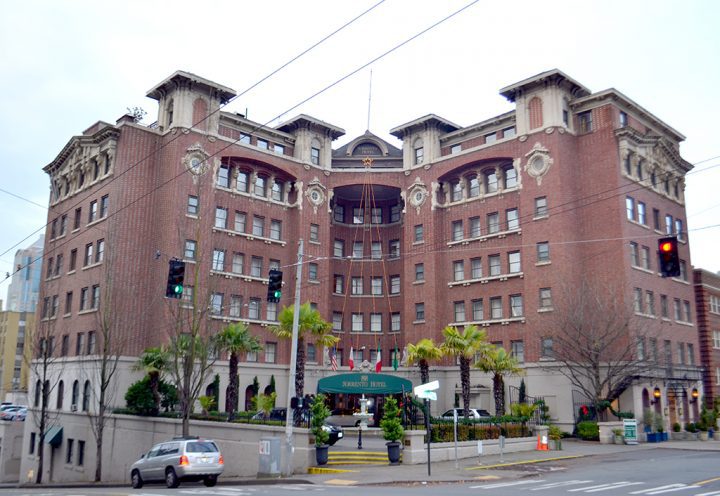
Stacy House (now University Club)
1004 Boren Avenue
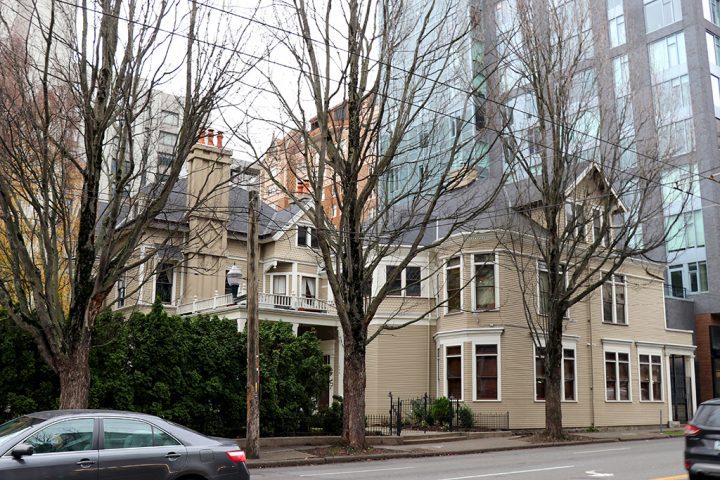
Hofius House
1104 Spring Street
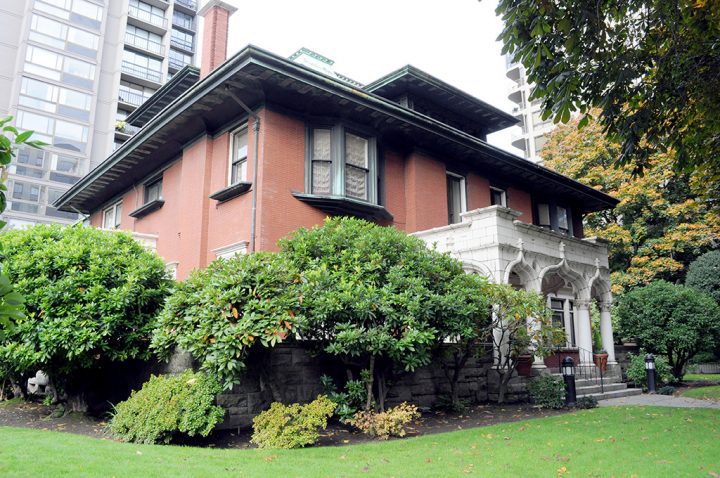
San Marco Apartments
1205 Spring Street
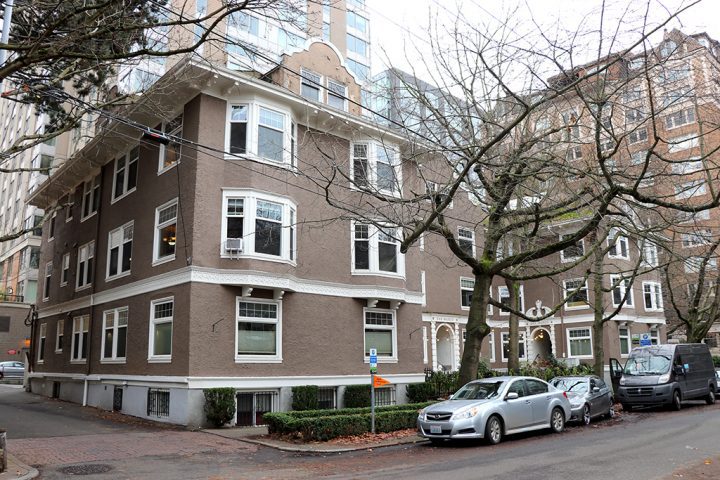
1223 Spring Apartments
1223 Spring Street
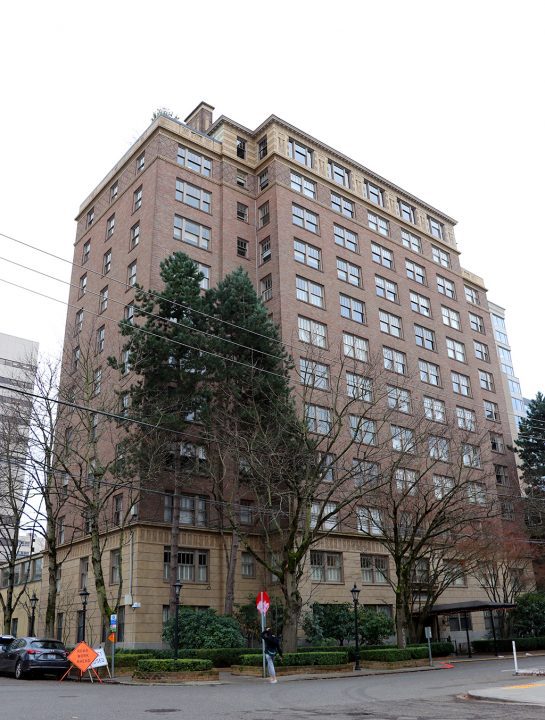
Sutton Place Apartments
1221 Minor Avenue
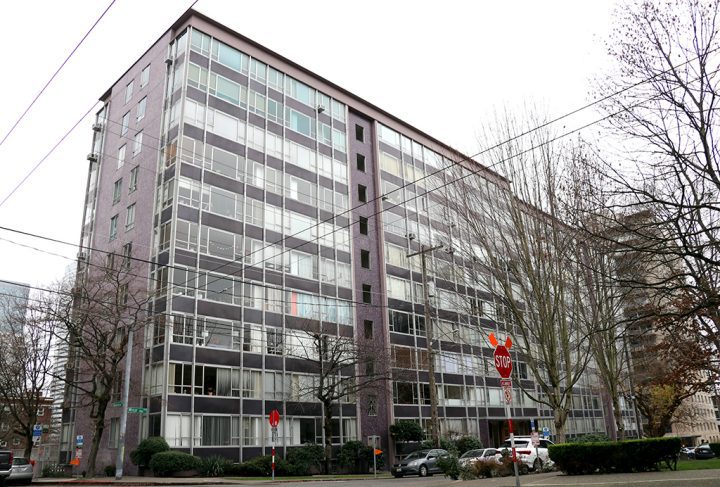
Dearborn House
1117 Minor Avenue
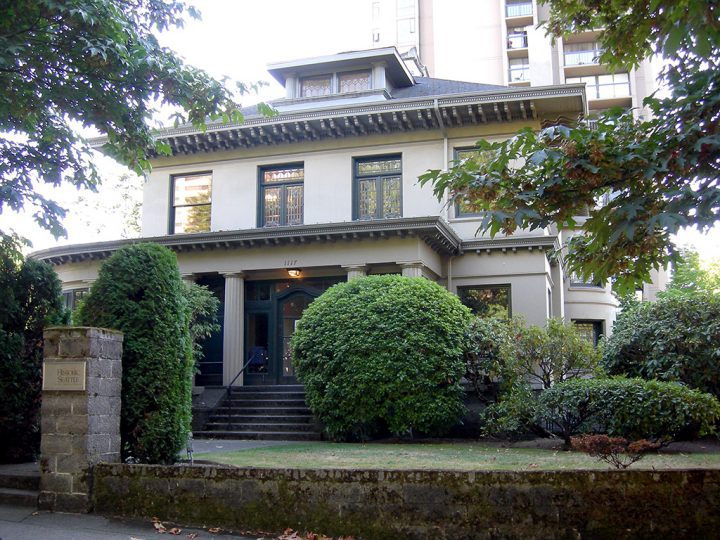
Stimson-Green Mansion
1204 Minor Avenue
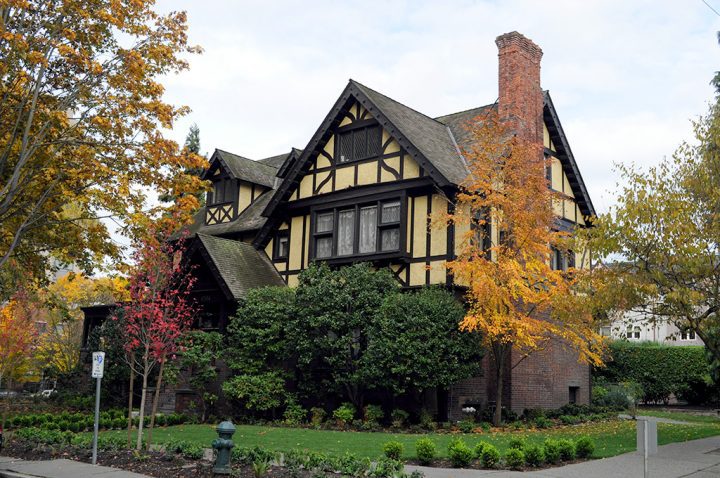
Summit Grade School (now Northwest School)
1415 Summit Avenue
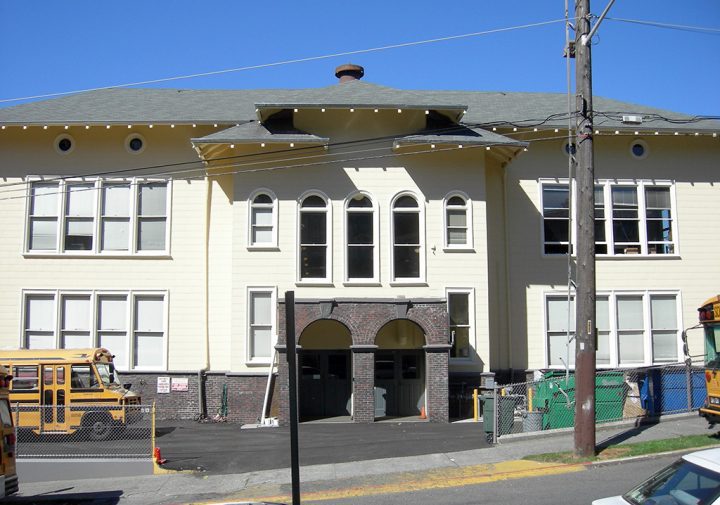
Belmont-Boylston Historic Houses
1411 Boylston Avenue
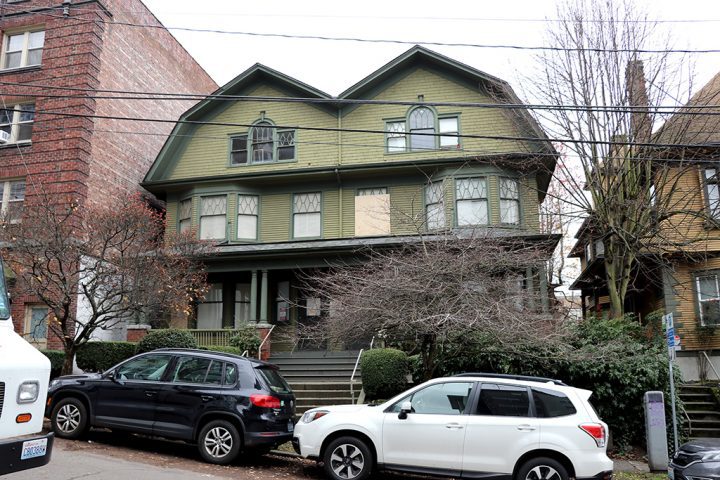
Phillips House
711 E Union Street
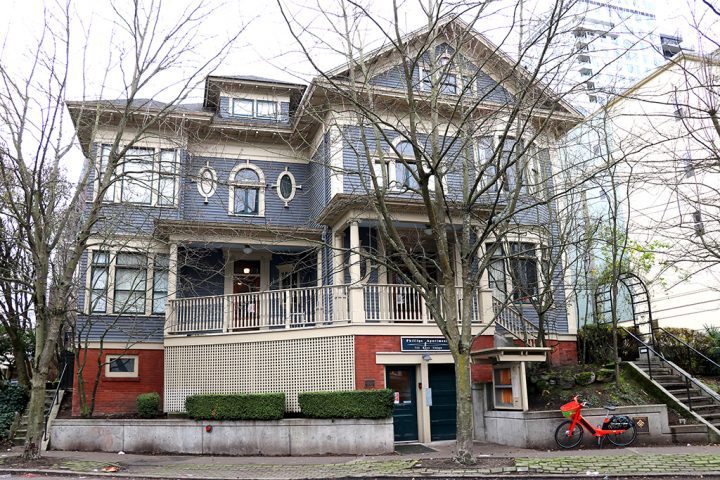
Knights of Columbus
722 E Union Street
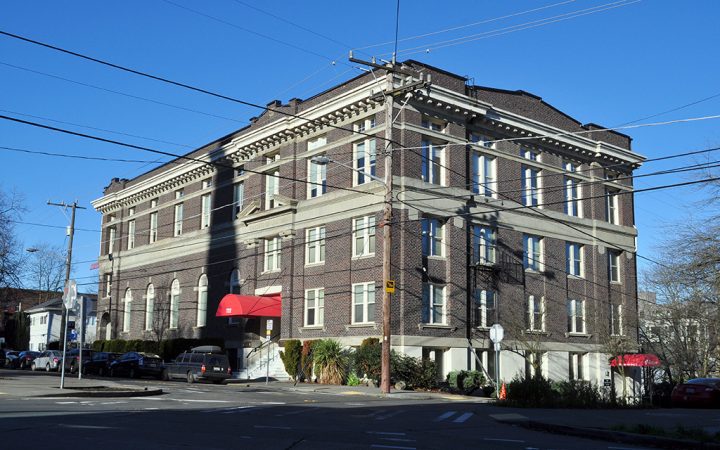
Fire Station No. 25
1400 Harvard Avenue
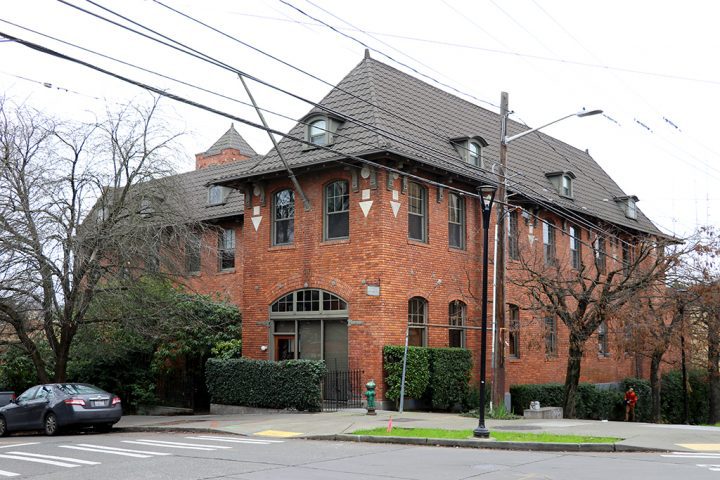
Seattle First Baptist Church
1121 Harvard Avenue
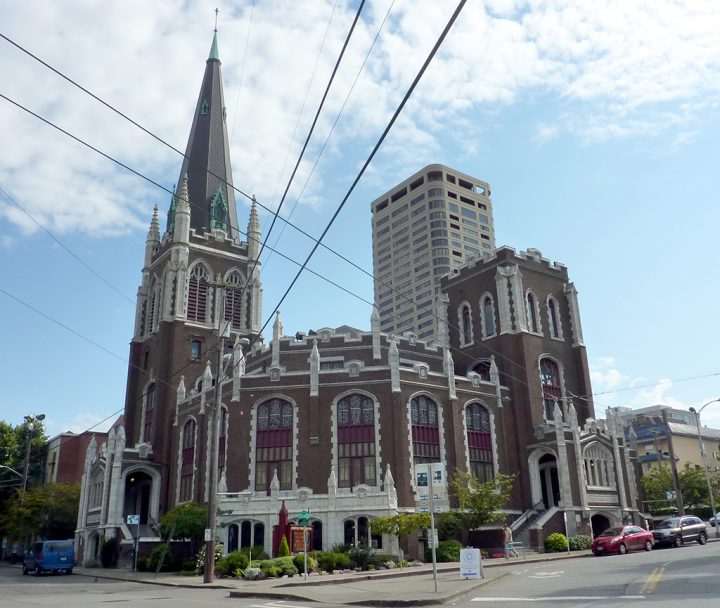
Hotel Piedmont (now Tuscany Apartments)
1215 Seneca Street
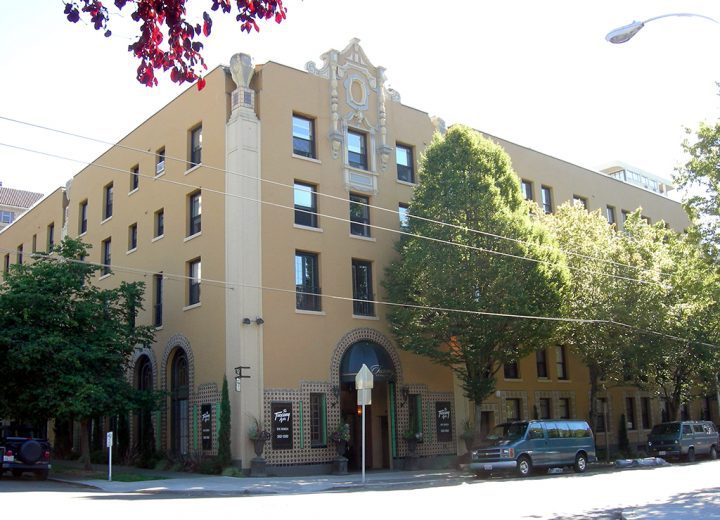
Baroness Apartment Hotel
1005 Spring Street
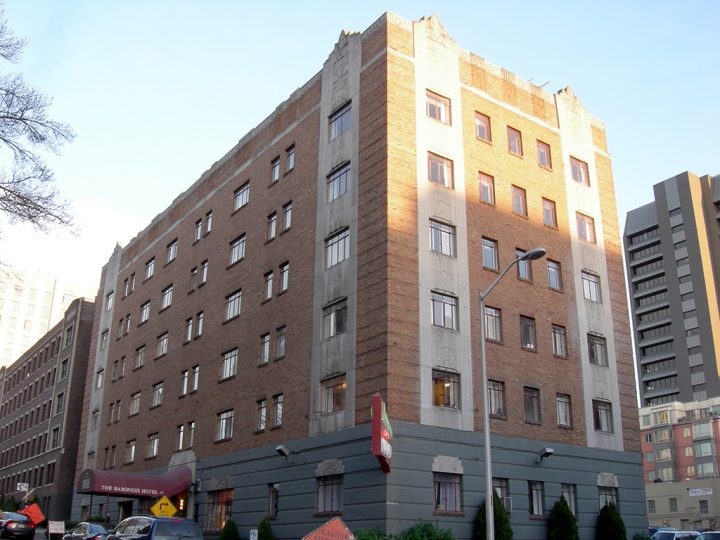
Mason Clinic (now Virginia Mason Hospital)
Terry Avenue & Spring Street
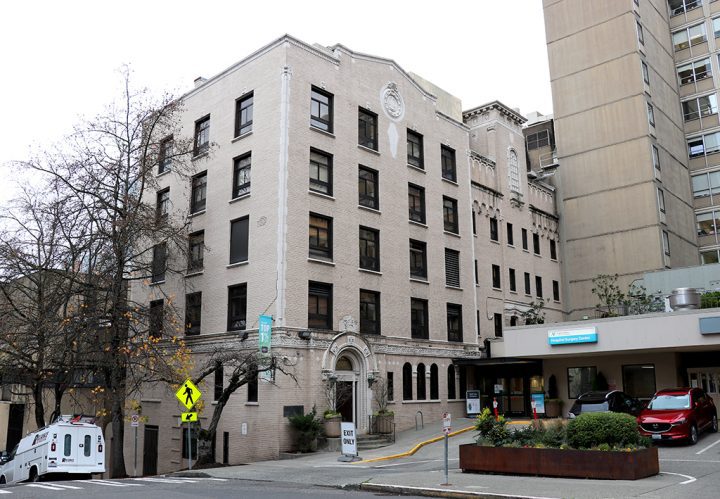
John Alden Apartments
1019 Terry Avenue
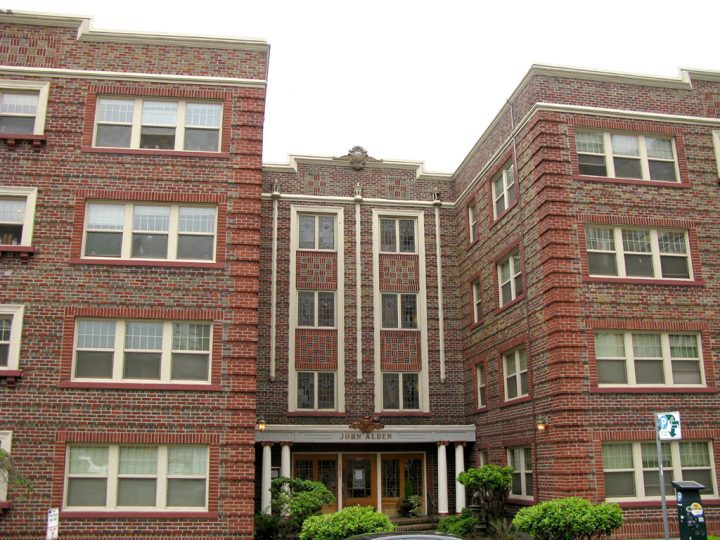
Fourth Church of Christ, Scientist (now Town Hall)
1119 8th Avenue


Brought to you by HistoryLink
This tour made possible by the generous support of
